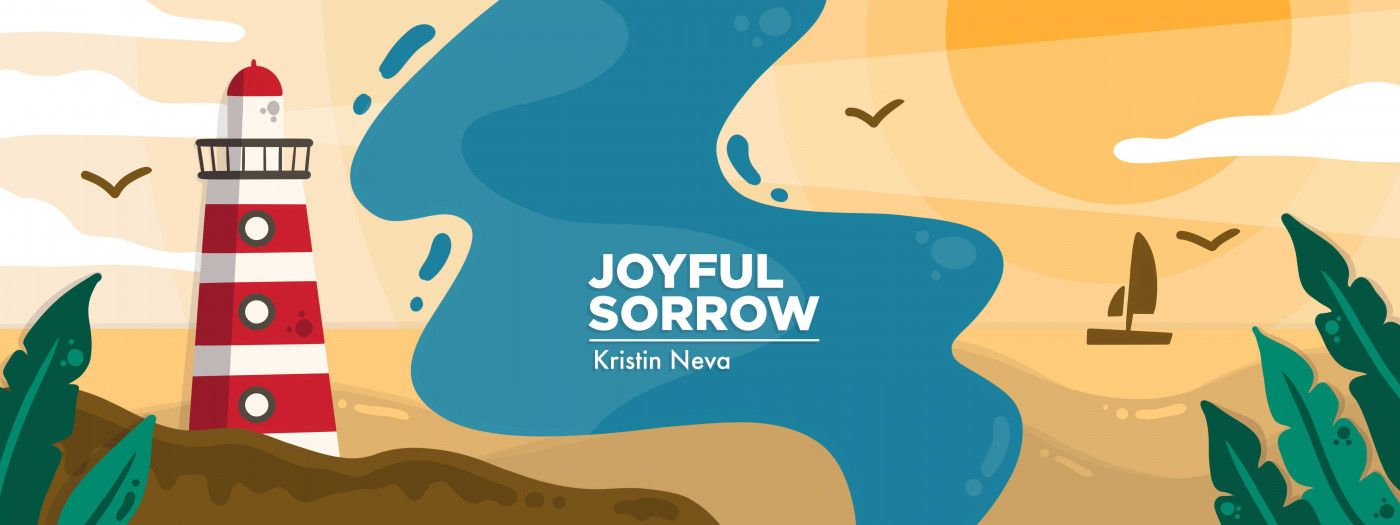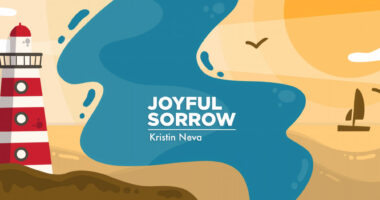How a landscaping project energized me as an ALS caregiver
Working in the sun allowed me to restore more than the backyard

Thirteen years ago, we built an accessible home to accommodate my husband Todd’s progressive disability due to ALS. A general contractor supervised much of the construction, but we took on some of the work, including the landscaping. Todd was shaky on his feet and his arms were weak; nonetheless he used my father’s backhoe to move dirt, and he hired neighborhood teens to help him. I helped where I could but had my hands full taking care of our preschooler and toddler.
For the drip edge landscaping at the back of the house, we used crushed mine rock, which was made from black basalt pulled from waste rock piles of century-old copper mines. Then my kids and I visited the shores of Lake Superior and collected beach stones to cover the black gravel under the eaves. The stones are varied in shapes and colors. Some are specked white and pink granite, some are smooth gray basalt.
On later trips to the beach, I continued to pick rocks that caught my eye as well as interesting pieces of driftwood to add to my backyard collection. Over the years, weeds worked their way up between the stones. I pulled them occasionally, but with an increasingly disabled husband and two young children, weeding wasn’t high on my list of priorities.
Todd is now paralyzed, but the kids are much older and independent. If we don’t have appointments or a crisis, I sometimes have time for a project. And so, this summer, I decided to reclaim one particularly overgrown section of drip edging.
My son and I removed the rocks and set them aside, and then we dug out the gravel and organic matter that had developed over the last decade. We lined the bottom of the hole with old bricks we’d found on the property when we were first cleaning it up, and we placed landscaping fabric over the bricks. Finally, we covered the fabric with the rocks we already had plus a couple more buckets of stones picked from a rocky beach last weekend.
It felt good to do something that will stay done for a while.
Most of my daily work doesn’t offer that kind of satisfaction. As a caregiver, my work is repetitive and lasts only until Todd is hungry, or has another itch, or needs his nose suctioned one more time, or needs help in the bathroom again.
The same goes for my housework. Multiple loads of laundry and there’s still unwashed clothes and linens. Dishes never end. Meals are made and eaten, and more dishes fill the sink. Day after day.
But this project felt different. The physical exertion of shoveling gravel, hauling brick, and picking rocks energized me. And the sunshine was good for my soul.
Perhaps the project was satisfying because it was an act of creating — pushing back against the force of nature to bring order and beauty to a little slice of earth. It was an elusive feeling after 15 years of living with a disease that keeps taking.
It’s a small thing, but even a small thing can feel like a win.
But now that the worst section of drip edging looks the best, the other two sections are demanding attention.
It looks like I’ve got more projects!
Note: ALS News Today is strictly a news and information website about the disease. It does not provide medical advice, diagnosis, or treatment. This content is not intended to be a substitute for professional medical advice, diagnosis, or treatment. Always seek the advice of your physician or other qualified health provider with any questions you may have regarding a medical condition. Never disregard professional medical advice or delay in seeking it because of something you have read on this website. The opinions expressed in this column are not those of ALS News Today or its parent company, Bionews, and are intended to spark discussion about issues pertaining to ALS.






Leave a comment
Fill in the required fields to post. Your email address will not be published.